The Business of Deepfakes, Cheapfakes, and Misleading Manipulated Media
![]()
Some speculate that overall fake news could cost the economy $39 billion a year. Quite a market to grab for a savvy tech startup, even at 1%! But while fake news and in particular deep fakes have been accused of wreaking havoc on minds and economy, there is surprisingly only a minimal amount of companies offering tools to combat them.
Cost
The most important, probably, is the challenge of the task. Deepfakes are notoriously extremely hard to detect and are evolving very quickly. Since they employ the same AI as used to identify them, any innovation in detecting them is immediately applied to improve them. A recent Facebook challenge with over a thousand entries placed the winner at a pathetic 65% detection success rate. No one would pay for a solution with such low results. Knowing that an effective solution would need to be continuously improved, it would make it R & D intensive, expensive, and commercially challenging.
Value
The cost of deepfakes/ manipulated media is calculated in lost credibility, not dollars, for now. Politicians and celebrities are the number one targets, and their notoriety quickly surfaces any odd behavior. Very quickly, deepfakes are debunked and, at worst, leave reputation scratches, if anything. Most celebrities/politicians might even welcome the attention profiting from the free exposure boost, even if negative (cue in the “there is no such thing as bad publicity” adage).
Market
The primary victims today are media companies and platforms. Both depend on credibility to maintain their audience. This is why Facebook, Twitter, along with Microsoft and top media publishers, are the only ones developing internal or industry-specific anti-manipulated media solutions. Powered by a combination of human and machine-based content monitoring and fact-checkers, those solutions are more public services and not commercial enterprises.
Sector
For a brand, stakes can be higher as beyond the reputation hit, damages can range from devalued stocks to boycotts and permanent loss of customers. And yet, there are currently massively underserved. Brands currently have little to no visibility on fake content affecting them and their impact. If they do, it is very often too late.
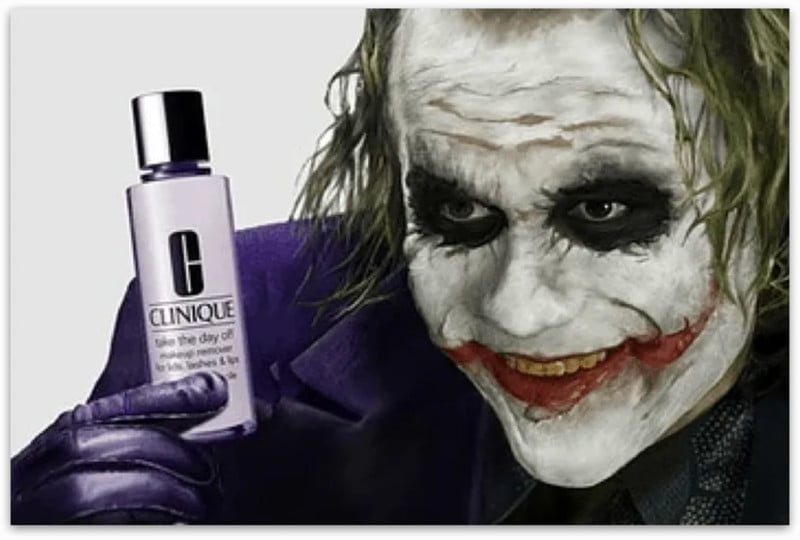
Solutions
There are just a handful of companies that have decided to tackle the challenging issue of fake/manipulated visual media. Two main approaches dominate. The certification at the moment of capture and search engine/ content monitoring.
Point of capture certification
One approach is to create an indelible certification at the time of creation. By capturing content in a controlled setting ( like an app), along with every possible associated metadata, they generate a ground truth reference file. It can not only certify that the image/video has truly been taken when and where it says it was taken, but it also creates a certified reference file.
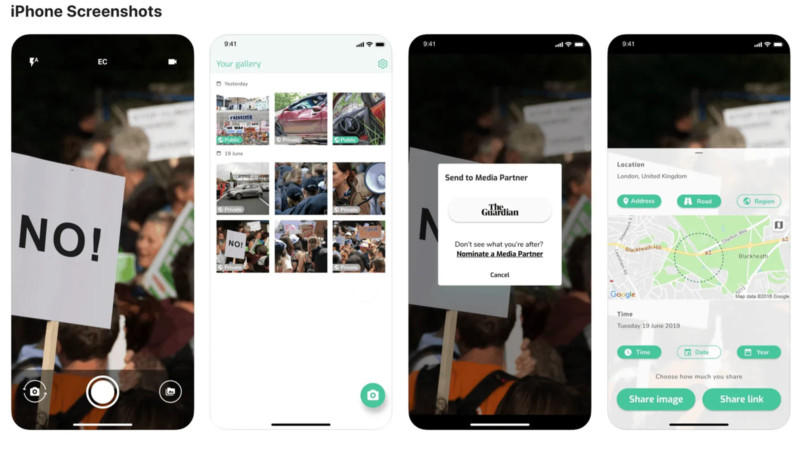
Serelay claims to capture over 500 data points along with the image or video and store these for later verification if needed. Partners of the company are guaranteed that the received images or videos are truthful. Likewise, Truepic has adopted a similar approach. A dedicated photo app and before transmission, a series of additional tests (like a Google reverse image search) to guarantee authenticity and truthfulness. For added security, Truepic adds a cryptographic signature into a blockchain. While Serelay caters to news media companies, Truepic has a strong foothold in the insurance industry and its claim process.
Like Serelay and Truepic, Attestiv provides a point of capture certification app with a workflow suite aimed at the insurance industry. They also use blockchain to store unalterable information about the file.
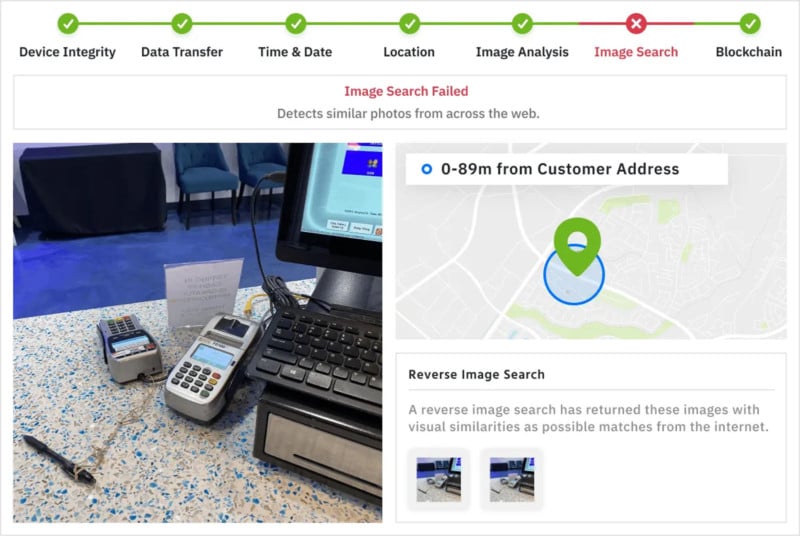
Amber video provides a similar capture process as the above companies, but for video only. While filming, the platform generates “hashes” that are indelibly recorded on a public blockchain. For verification, the video footage is run through their algorithm, and if the hashes are different, there is proof of alteration. The company also claims to have a tool to identify deepfakes, regardless of the source, but offer little to no information on its efficiency level.
Content monitoring
Deeptrace labs offers a truly capture-independent solution. The company continuously monitors the web in search of deepfakes. They conducted extensive threat intelligence research to understand better the bad actors, how they are selling services or monetizing on fake videos, and how deepfakes spread online. The result is the first company that provides customers with the tools to detect and intercept these threats.
Similarly but more obscure for now, Falso.tech offers an API and SDK, both on private beta release. The company seems to focus exclusively on detecting whether a face actually belongs in a frame and drawing authenticity conclusion from there. How they plan to find suspicious video is unclear, as to whether they plan to expand to other content.
Content protection
While not exclusively a deepfake monitoring and detection tool, Imatag‘s invisible watermark can do both. Inserted at the pixel level of video frames or photographs, the invisible watermark can reveal if an image has been altered and what part. It is more flexible than a point of capture device since any content can be watermarked. It allows for a robust alteration detection that can be inserted at any point of a visual content’s existence. Used by news photo agencies and Fortune 500 brands, it continuously scouts the internet for both suspicious and legitimate copies.
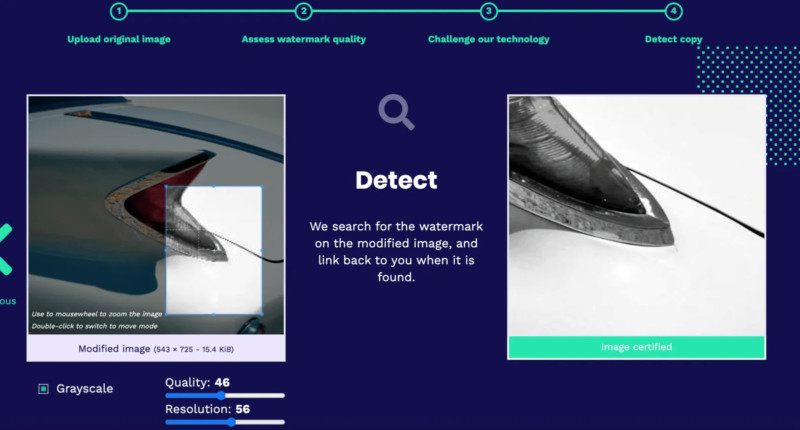
Synthetic media for good
Not all deepfakes are evil. In fact, the technology can be used in many useful applications. First on the market Synthesia offers a customizable video builder that can speak up to 34 different languages while adapting face movement accordingly. One can use one of the predefine presenters or upload a video of themselves.
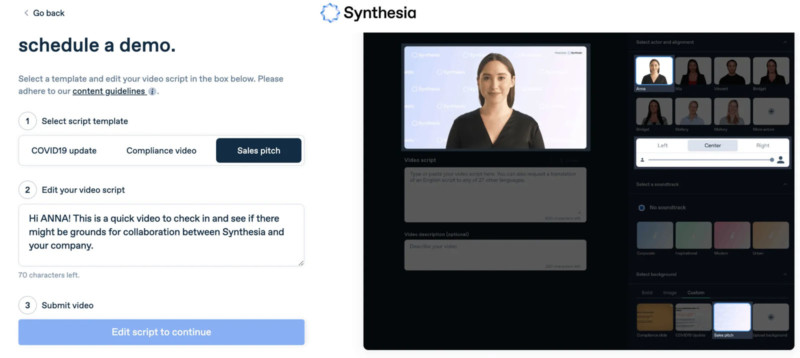
The result is a deepfake that can teach, sell, recommend, explain anything via a text entry, and a perfectly synchronized video as an exit. No need for expensive video equipment, studio rentals, expert staff, and multiple takes. And in case you were wondering, they monitor the usage of their solution and block any malicious attempts.
Conclusion
Like with any new field, it will take time for valid solutions to emerge. With deepfake, the issue is compounded by its ability to evolve outside traditional and controlled academic sectors. This makes building solutions extremely challenging and unstable. As well, companies are not yet determined on how to approach this new challenge and how much to invest. In other words, like the technology, the marketplace is far from being set. When it is, which will happen soon enough, the rewards could be impressive.
About the author: Paul Melcher is a photography and technology entrepreneur based in New York, and the founder of Kaptur, a news magazine about the visual tech space. The opinions expressed in this article are solely those of the author. You can find more of his writings on his blog, Thoughts of a Bohemian. Melcher offers his services as a consultant as well. This article was also published here.